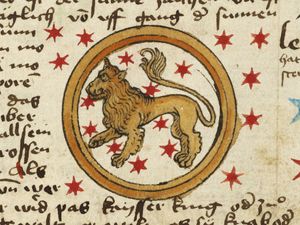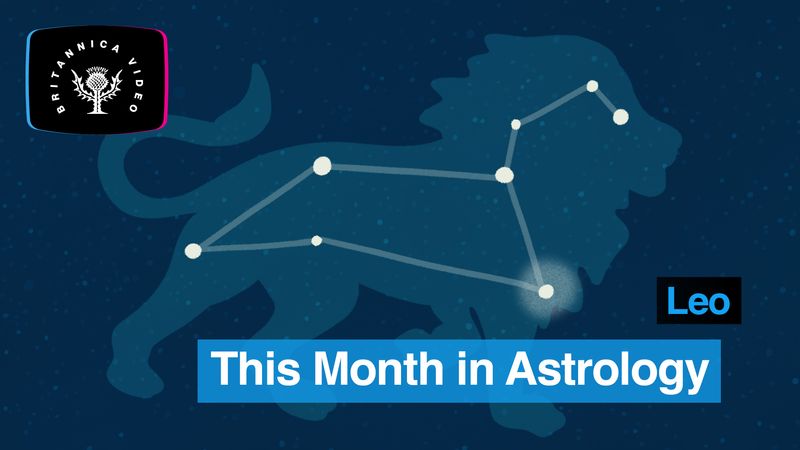Leo
Our editors will review what you’ve submitted and determine whether to revise the article.
Leo, (Latin: “Lion”) in astronomy, zodiacal constellation lying in the northern sky between Cancer and Virgo, at about 10 hours 30 minutes right ascension and 15° north declination. Regulus (Latin for “little king”; also called Alpha Leonis), the brightest star, is of magnitude 1.35. The November meteor shower called the Leonids has its radiant, or point of apparent origin, in Leo. Many of the stars in Leo form an asterism called the Sickle.
In astrology, Leo is the fifth sign of the zodiac, considered as governing the period from about July 23 to about August 22. Its representation as a lion is usually linked with the Nemean lion slain by Heracles (Hercules).



